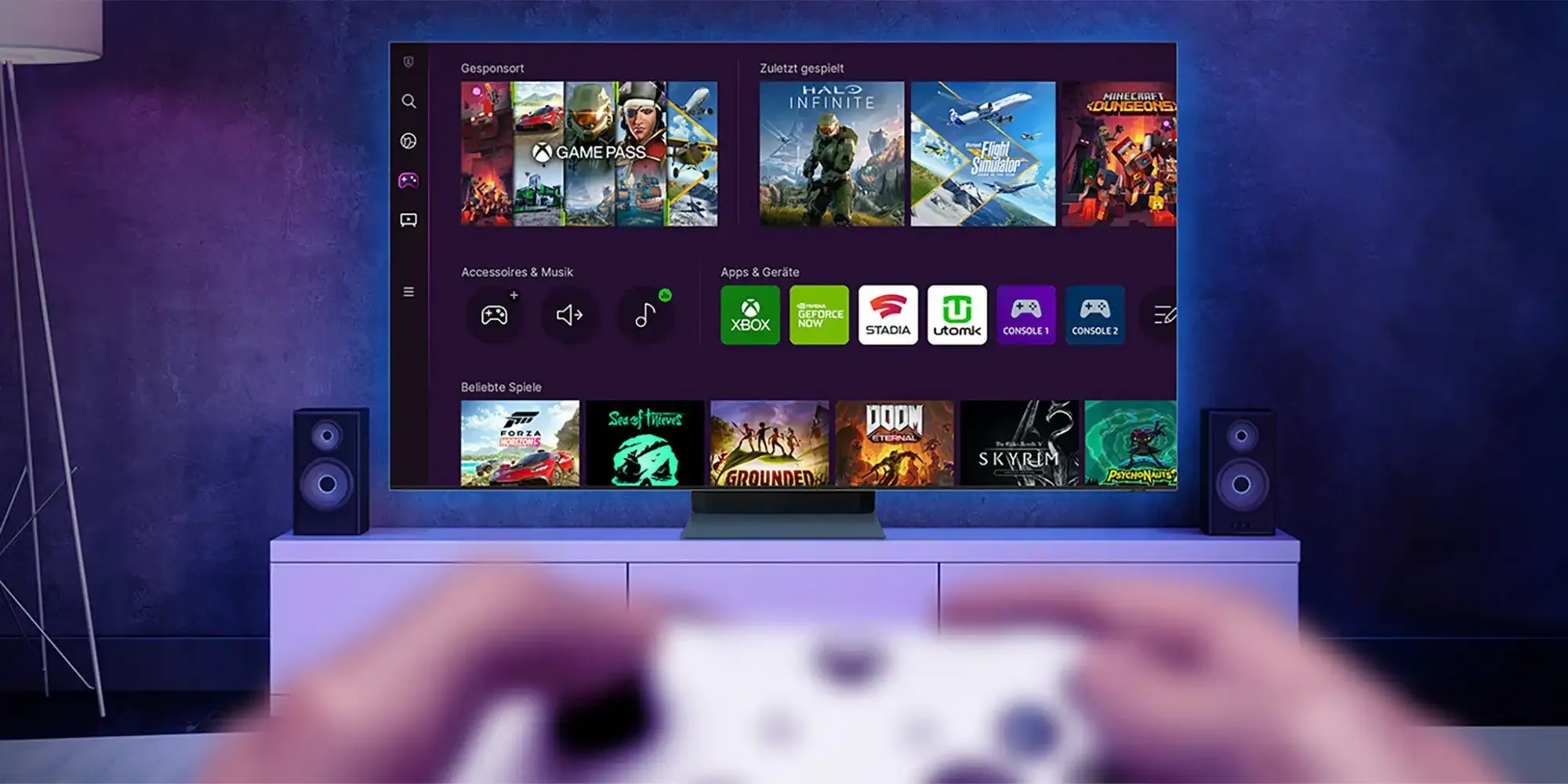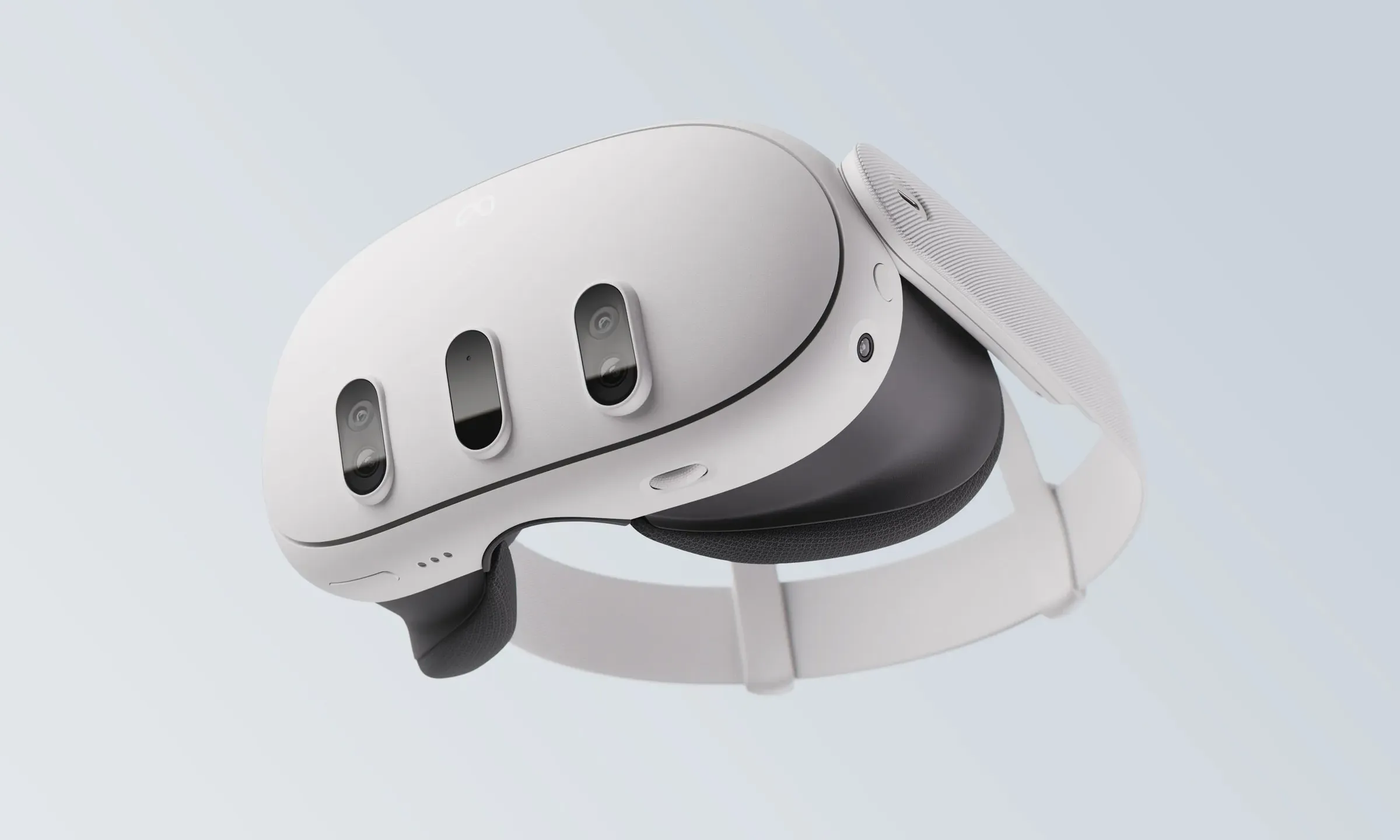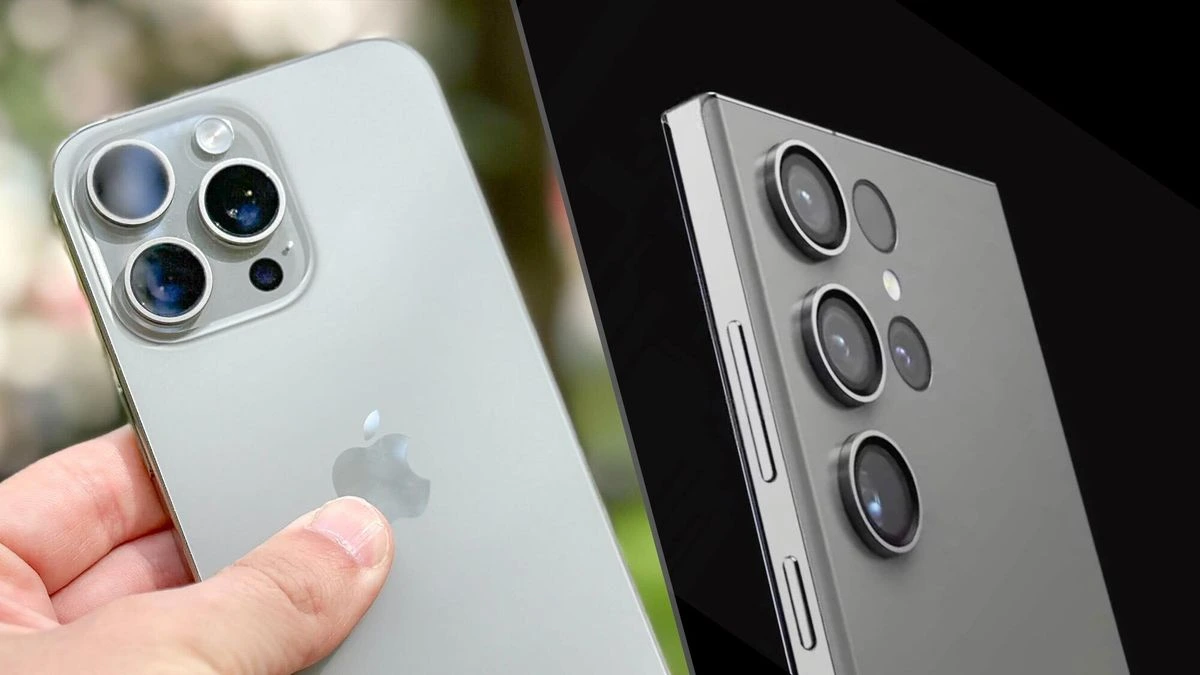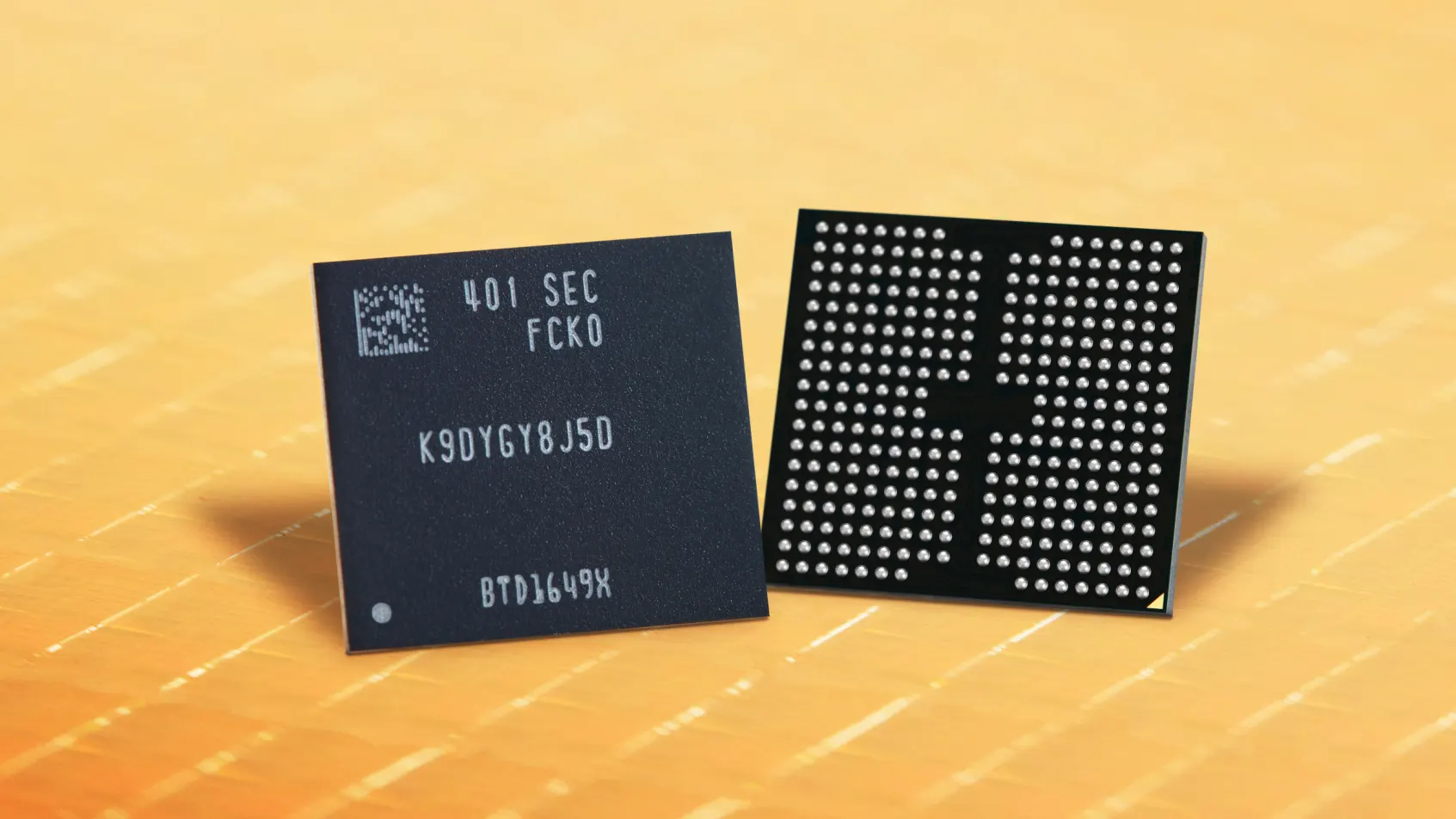Samsung
Samsung To Bring New Games To Samsung Smart TVs By 2023

Samsung Electronics announces the partnership with Antstream Arcade and the Blacknut. Both of these will join the Xbox, NVIDIA, GeForce Now, and Utomik, which are working to provide more Games on Samsung’s Smart TVs. These new Games will be available to Smart TVs by the year 2023, but with limitations, Games will only be provided on 2021, 2022, and 2023 model TVs.
Samsung is currently working with its game-streaming partners Xbox, NVIDIA, GeForce Now, and Utomik in collaboration with Antstream Arcade and the Blacknut. The result of this assemblage will appear as an expanded game streaming experience. The South Korean company will make individual applications for all of its game streaming partners.
Coming to the Antstream Arcade, which is the world’s largest cloud gaming service, provides access to over 1,500 iconic games in which weekly multiplayer challenges and tournaments are also included. They believe in combining the past and the future of gaming to push the gaming industry forward to the next era. They will provide the battlefield for the 80s, 90s, and 00s, best games such as Pac-man, Mortal Kombat, and Metal Slug.
With Blacknut’s cloud gaming subscription, gamers will get unlimited access to gaming content for the TV screen. They also allow five players to play simultaneously on all Smartphones, PC, and Smart TVs. Blacknut provides classic AAA games, indie favourites, story-driven adventures, strategy, and also the largest collection of racing and sports games for players. The developer of this platform has built it as a family gaming platform.
Both of these game streaming “Antstream and Blacknut” will be available on ineligible TV models in the year 2023. Besides that, GeForce Now, another game-streaming partner of Samsung, now will let its users stream PC games at up to 4K resolution at 60 frames per second in select Samsung Smart TVs without even waiting for downloads, installs, patches and updates. For a better experience, its premium membership is required. To get more information regarding it, check the official newsroom article here.
Samsung
Samsung To Face Challenge: Meta Opens OS For Other XR Headset Makers

The Korean giant ‘Samsung’ is setting up to introduce its mixed-reality headset by the end of this year.
When the Korean brand launches its device, it might encounter fierce competition from brands like ASUS, Lenovo, and even Microsoft. Meta has now made a significant move by renaming the Android-based operating system of its Quest MR/VR headset to Horizon OS.
Meta has opened up the operating system to third-party brands, and now Horizon OS will be used on MR/VR headsets from ASUS ROG, Lenovo, and Microsoft. ASUS is introducing several performance gaming headsets, whereas Lenovo is developing a mixed-reality headset for entertainment, learning, and productivity. Conversely, Meta is collaborating with Microsoft to launch a Quest headset that draws inspiration from Xbox.
Meta is expanding its strategy by making a two-pronged approach to boost its VR application ecosystem: first, by asking Google to bring the huge library of the Play Store to their Horizon OS; and second, by making it easier for developers to build VR applications by boosting active applications from Quest App Lab and offering new tools for smartphone app developers.
Although Samsung has already declared that it is actively working on an XR device with Google and Qualcomm, It is expected to use a version of Android optimized for mixed-reality headsets and a Qualcomm processor from the Snapdragon XR series.
It is reported that it could feature the Snapdragon XR2+ Gen 2 processor, a 4nm chip with an octa-core CPU, and a powerful Adreno 740 GPU that can drive two 4.3k screens at 90Hz. It can also support at least up to 12 cameras at the same time. It features 5G, Wi-Fi, and Bluetooth 5.3 for wireless connectivity.
Samsung
Samsung Overcomes Apple As Korean Army Prohibits iPhone

Since the South Korean army is banning the use of Apple iPhones, Apple’s boat appears to be sinking.
Again, Samsung won the cold war with Apple since the South Korean army prohibited the iPhones, effective June 1, but Samsung’s Galaxy smartphones will be exempt from the ban.
Previously, the Chinese government banned the use of Apple iPhones in government offices, and now the report has revealed that the same approach is under consideration by the South Korean army. It has become known that the South Korean army is considering banning the Apple iPhone regarding some security issues.
It is reported that, starting from military headquarters, a potential comprehensive ban is possible to extend to all subordinate units. If the reports are to be believed, Korea’s Air Force headquarters internally announced a complete restriction on any device capable of voice recording applications that does not allow third-party applications to control foreign functions.
This new regulation will be effective June 1, with “iPhones” cited as items subject to the guidance. Android smartphones, especially the Samsung Galaxy, will be exempt from the ban. The document expressly states that “bringing in iPhones will be completely prohibited.”
In the scenario where the ban is extended to all subordinate units, it would surely affect almost 500,000 military personnel.
Samsung
Samsung Electronics Begins Mass Production For 9th-Gen V-NAND

The Korean Electronics firm announced that it has begun mass production for its one-terabit (Tb) tripe-level cell (TLC) 9th-generation vertical NAND (V-NAND).
One of the key reasons for beginning this mass production is just to solidify its leadership in the NAND flash market. This 9th generation V-NAND flash memory has significant improvements. It offers a 50% increase in storage density compared to its predecessor, the 8th-generation V-NAND. This appears due to the tiny cell size and thinner design.
The Korean giant also executed new techniques for upgrading the reliability and lifespan of the memory cells while eliminating dummy channel holes, which significantly reduced the planar area of the memory cells. The Head of Flash Products & Technology of the Memory Business at Samsung Electronics, SungHoi Hur, stated, “Through our latest V-NAND, Samsung will continue to set the trend for the high-performance, high-density solid-state drive (SSD) market that meets the needs of the coming AI generation.”
Samsung‘s advanced ‘channel hole etching’ technology exhibits the brand’s leadership in process capabilities. This technology creates electron pathways by stacking mold layers and increases fabrication productivity as it authorizes simultaneous drilling of the industry’s highest cell layer count in a double-stack structure. As the cell layers increase, the capability to pierce through higher cell numbers becomes crucial, demanding more complicated etching techniques.
The 9th-generation V-NAND is enabled with the next-gen NAND flash interface, Toggle 5.1, which will help to support the increased data input and output speeds by at least 33% to up to 3.2 Gbps. The Korean giant plans to solidify its position within the high-performance SSD market by expanding support for PCIe 5.0.
With the advancement in low-power design, power consumption has also improved by 10%.












